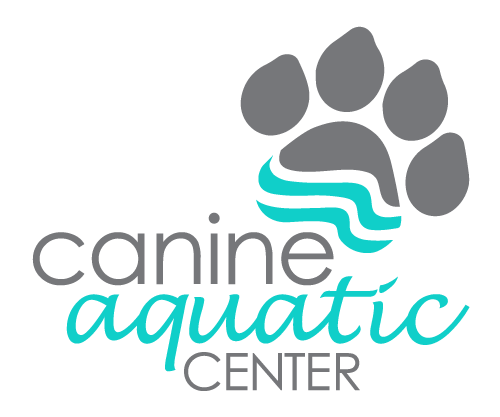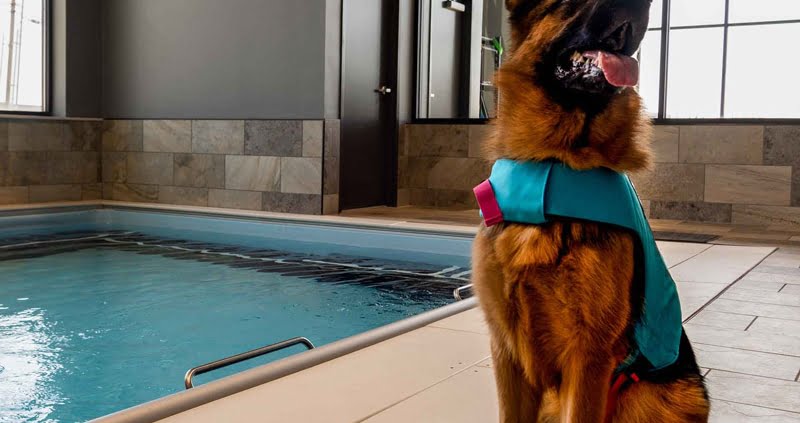How to Incorporate Aquatic Therapy Into Your Dog’s Rehabilitation Plan
Have you ever wondered if aquatic therapy could help your dog’s rehabilitation? Dogs that are recovering from injuries or surgery benefit from low-impact exercise. Aquatic therapy is one option that can make a big difference in the recovery of your pet.
Aquatic therapy has become an increasingly popular option for rehabilitating animals, and it can be beneficial for both big and small breeds of dogs. It offers low-impact options that provide physical strengthening without putting undue strain on their bodies. Aquatic therapy includes activities such as stretching, swimming, running with water resistance, toning weak muscles, and increasing mental acuity through agility classes performed in the pool.
Aquatic therapy is a wonderful way to help your pup recover from an injury or surgery quickly and effectively. Here we’ll discuss the basics of incorporating aquatic therapy into a rehabilitation plan for dogs so you can get them back to full health sooner.
What is aquatic therapy for dogs?
Aquatic therapy for dogs is a form of physical rehabilitation that uses water to provide low-impact exercise and physical strengthening. It can be used to help dogs recover from injury or surgery, as it places less strain on the body than more traditional forms of exercise. Aquatic therapy activities include stretching, swimming, running with water resistance, toning weak muscles, and agility classes in the pool.
Benefits of Aquatic Therapy for Dogs
Aquatic therapy for dogs offers a number of benefits, including improved mobility and range of motion due to the natural buoyancy of water. It can also help strengthen weak muscles without putting too much strain on the joints, which is important for injured or recovering animals. Additionally, aquatic therapy helps build mental acuity by engaging your pup in agility classes in the pool, which can help them stay sharp and active.
Is Aquatic Therapy Right for All Breeds?
Aquatic therapy can be beneficial for both big and small breeds of dogs. However, it is important to consider the health and fitness level of your pet before beginning an aquatic therapy program. Some breeds may not be good candidates for aquatic therapy due to preexisting conditions or joint issues that could worsen in the water. In these cases, alternative forms of physical rehabilitation should be explored with your veterinarian to ensure the best outcome for your pup.
How to Incorporate Aquatic Therapy Into Your Dog’s Rehabilitation Plan
Before beginning aquatic therapy with your pup, it’s important to consult with your veterinarian first to determine if water therapy is right for them. Once you’ve received approval from your vet, you’ll want to find an animal rehabilitation specialist who is experienced in aquatic therapy.
When you start aquatic therapy, your pup will likely be given a variety of exercises to do while they are in the pool. This will typically include activities like swimming, running with water resistance, stretching, and toning weak muscles. If your pup is comfortable and able, you may even be able to incorporate agility classes into their routine!
Interested in Aquatic Therapy for Your Dog?
As the benefits of aquatic therapy for dogs continue to increase, we are pleased to be the only facility in the Tri-State to offer a full range of aqua therapy services to benefit our canine friends. Learn more about our canine aquatic therapy services and contact us today to get started!






